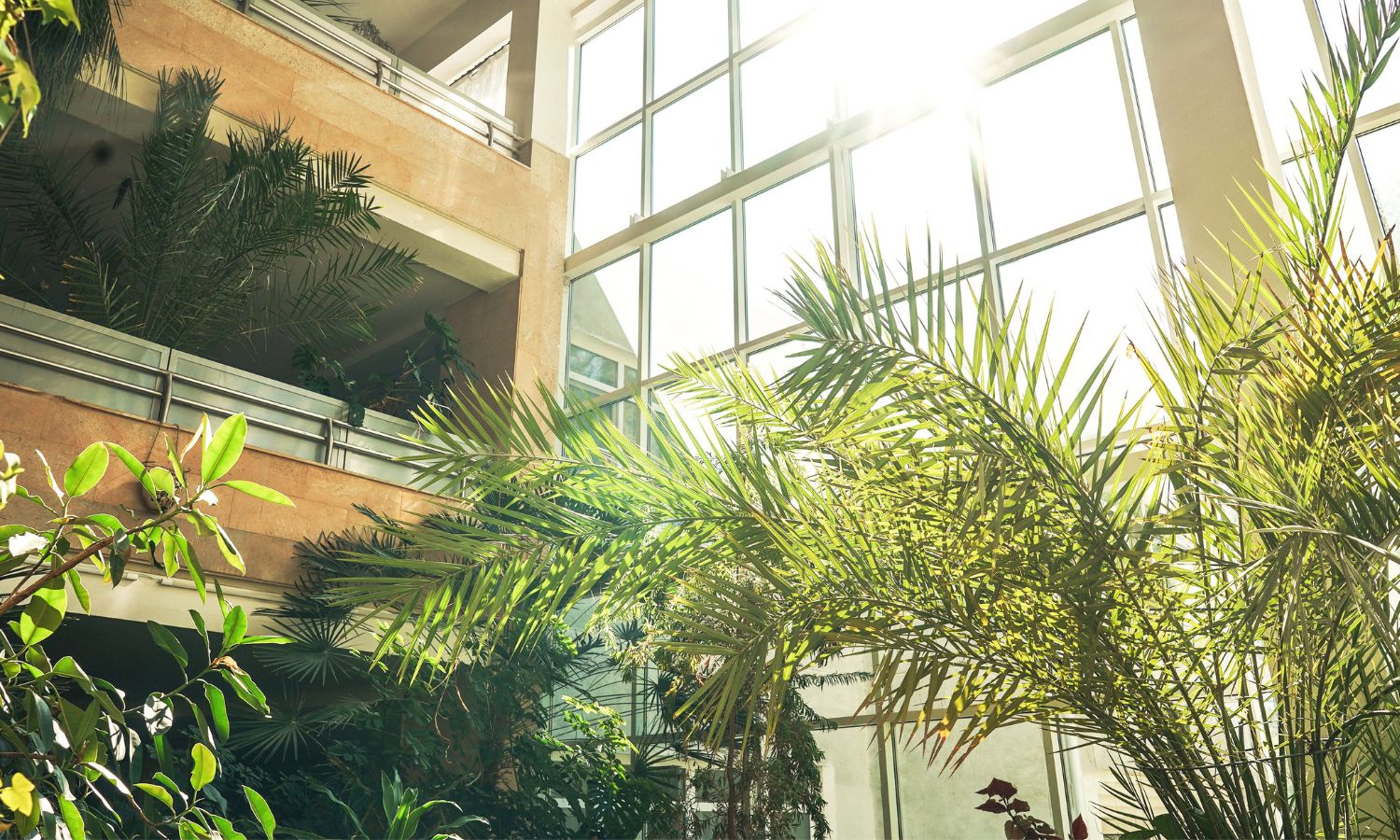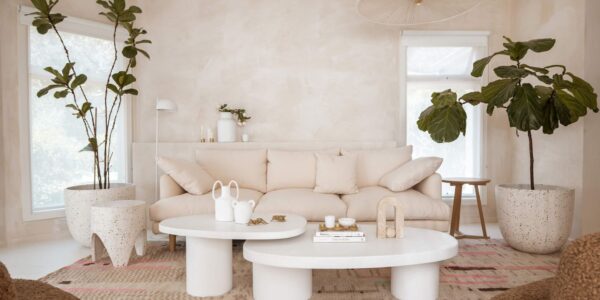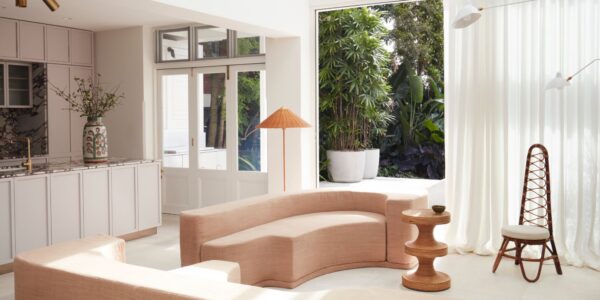What’s trending in architecture and design is often a reflection of what’s happening in society and the mood of the world at large. Case in point: the latest trend, biophilic design, which is currently trending as an architectural and design style.
If you’re not familiar with biophilic design, it’s an approach to interiors that aims to connect building occupants more closely to nature, thereby improving their physiological and psychological health. It’s important as a design concept considering people spend on average roughly 90% of the day indoors.
“Biophilic design seeks to connect our inherent need to affiliate with nature in the modern built environment,” reads Metropolis article ‘What Is and Is Not Biophilic Design?’. “An extension of the theory of biophilia, biophilic design recognises that our species has evolved for more than 99% of its history in adaptive response to the natural world and not to human-created or artificial forces.”

Related: Artificial Architecture Is the Calming Inspo Your Insta Feed Needs
Related: First Time in Japan? From Popular to Remote, These 9 Hotspots Have You Covered
Simply put, biophilic design capitalises on the fact spending time in nature has long been documented to benefit our physical and mental well-being. It does so by incorporating elements like natural lighting and ventilation and lots of plants into man-made spaces so we can reap then those rewards indoors.
“Questioning the loss of nature in cities opened up new possibilities in biophilic architecture,” says Koichi Takada, architect and founder of Koichi Takada Architects. “We now deliberately draw on the lessons of nature to create dynamic and engaging designs that allow people and cities to reconnect, not just with nature, but with each other.”
Takada says Australian architecture in general has long been focused on our engagement with the outdoors, as compared with design styles in the US. He points out that Australia’s tallest building in the Gold Coast is around 300m, while the tallest in the US is 500m.
“We don’t have that same drive towards taller, bigger, more prominent, in Australia we tend to be more focused on human scale and emphasising a connection to nature,” he says. “Natural light, natural ventilation and a visual connection to the landscape are features that define Australian architecture. We pride ourselves on beautiful natural landscape and seek to exploit that.”

Takada himself aims to make any tall buildings his firm is designing more engaged with the community and local neighbourhood.
As for where biophilic design is heading, Takada points to the bigger picture of design’s impact on nature. He says our future cities need to be playing a central role in the reforestation of our planet, restoring its resources and positively impacting the well-being of its inhabitants.
“Greening our cities can combat many of the problems we face today,” he says. “Introducing trees and plants to the skyline can reduce inner-city temperatures, increase biodiversity and reduce our stress levels at the same time.”
In saying that, though, Takada says he understands biophilic architecture alone cannot stop climate change or eliminate the stress we’re causing on the planet.
“The power lies in a constant visual reminder,” he says. “When we acknowledge that human wellbeing is linked to the natural environment, we are more motivated to conserve it.”
Read more stories from The Latch and subscribe to our email newsletter.







